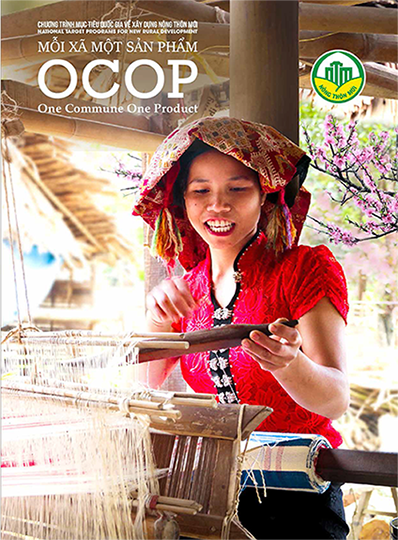Kenya being the East Africa gateway and business hub, handicraft production is
a major form of employment and constitutes a significant part of the national
export economy. It has been suggested that there is an increasing number of
small businesses turning to handicraft production and that this trend is unlikely
to change significantly in the future. More specifically, artisans have been
identified as the second largest sector of rural employment after agriculture in
Kenya. Artisan production has thrived because handcrafted products offer distinct
advantages: minimal start-up capital, flexible work hours, the ability to work at
home, and freedom to manage one’s own business. Unlike many other forms of
labour, artisan production can also enable a degree of labour autonomy for those
who have limited access to the cash economy.
As a means of livelihood, handicrafts
provide an ideal avenue for creative and independent entrepreneurs.
Regionally, turn around capacity is about 100 million USD, Kenya stands at 15
million USD. These products are sold in world markets such as the USA and Europe,
arguably because of the challenge in satisfying quality standards demanded in
those markets. Other challenges facing export of Kenyan handicrafts include
high packaging and shipping costs, tariffs, lack of patent laws and certifications.
Moreover, there is limited documented evidence on the contribution of commercial
craft sector including the producers, exporters, raw materials, value and volume
of exports on a product-by-product basis.
Kenya’s handicraft sector development is severely inhibited by supply side (production) and marketing constraints summed up as follows:
Production
Competitiveness (quality, branding, labelling, certification, packaging, fair trade, creativity and innovation etc.)
Limited access to, and inadequate supply system of, raw materials
Fragmented, unstructured and individualized production systems
Low level equipment application
Low production levels
Nil or minimal access to capital
Lack of specialization
Inconsistent product standardization
Low design and quality
Inadequate design skills
Inadequate production, vocational and business development training
Inadequate model incubator projects along organized production systems
Organization and Marketing
Absence of a National Handicraft Sector Development strategy
Lack of vibrant National Exporters Association
Insufficient market information and dissemination
Lack of appreciation of market preferences and requirements
Inadequate support for marketing and promotion
Poor transportation infrastructure
Poor or no packaging
High freight charges compared to other regional sources
Nil or Inadequate export financing
Lack of organized county, regional and National Handicrafts exhibitions to facilitate County or even regional specialization
Lack of sector supportive and adaptive policy
Lack of cooperation and programme coordination among handicraft business support organizations
Development issues primarily focus on the need to, and the implications of mainstreaming exports in the development agenda of the country.
Lack of a policy for the sector
Lack of a strong association to advocate for the needs of the sector
Lack of a dedicated fund for the sector
Need for a Centre for Product Design and Development (CPDD)




